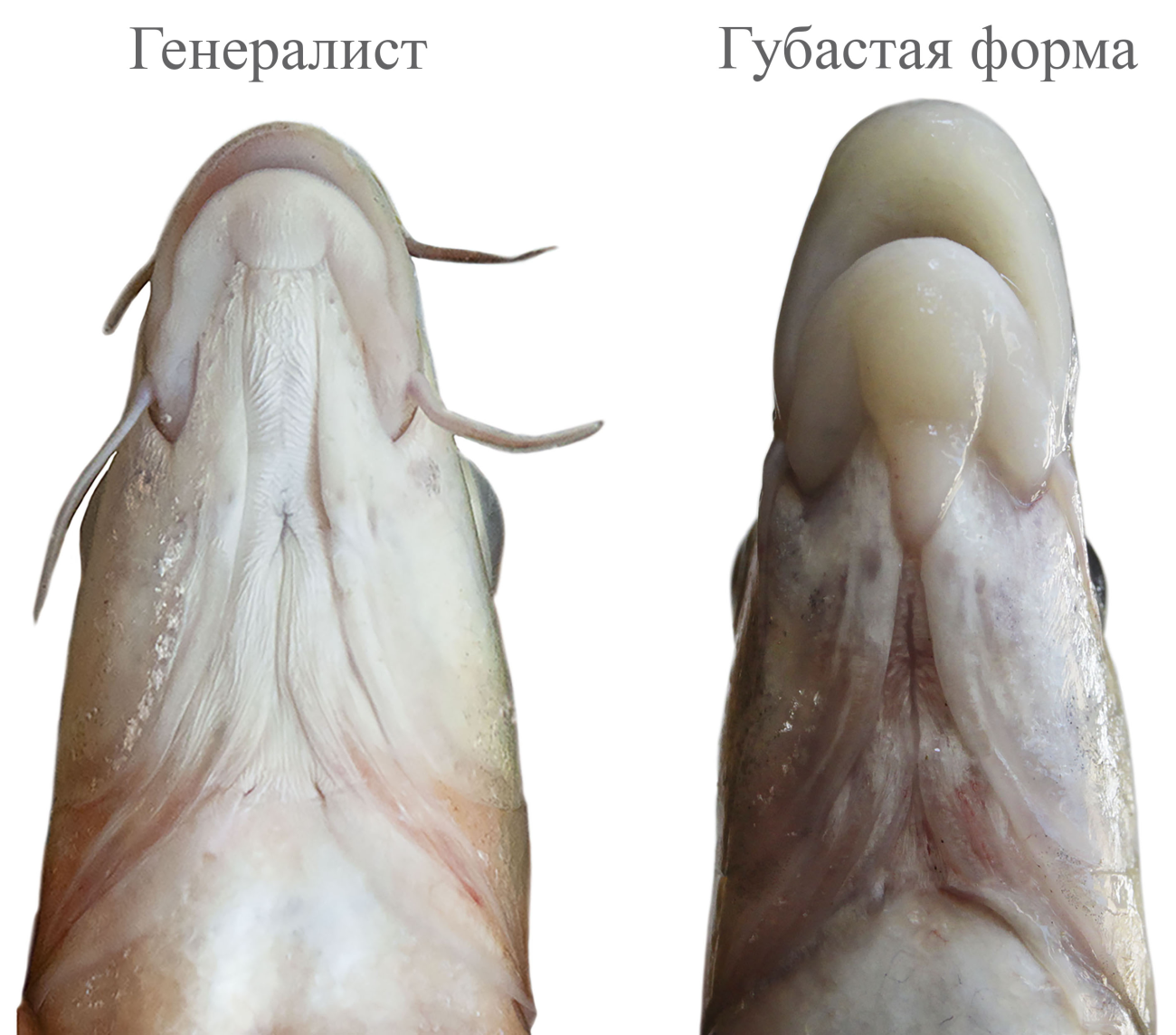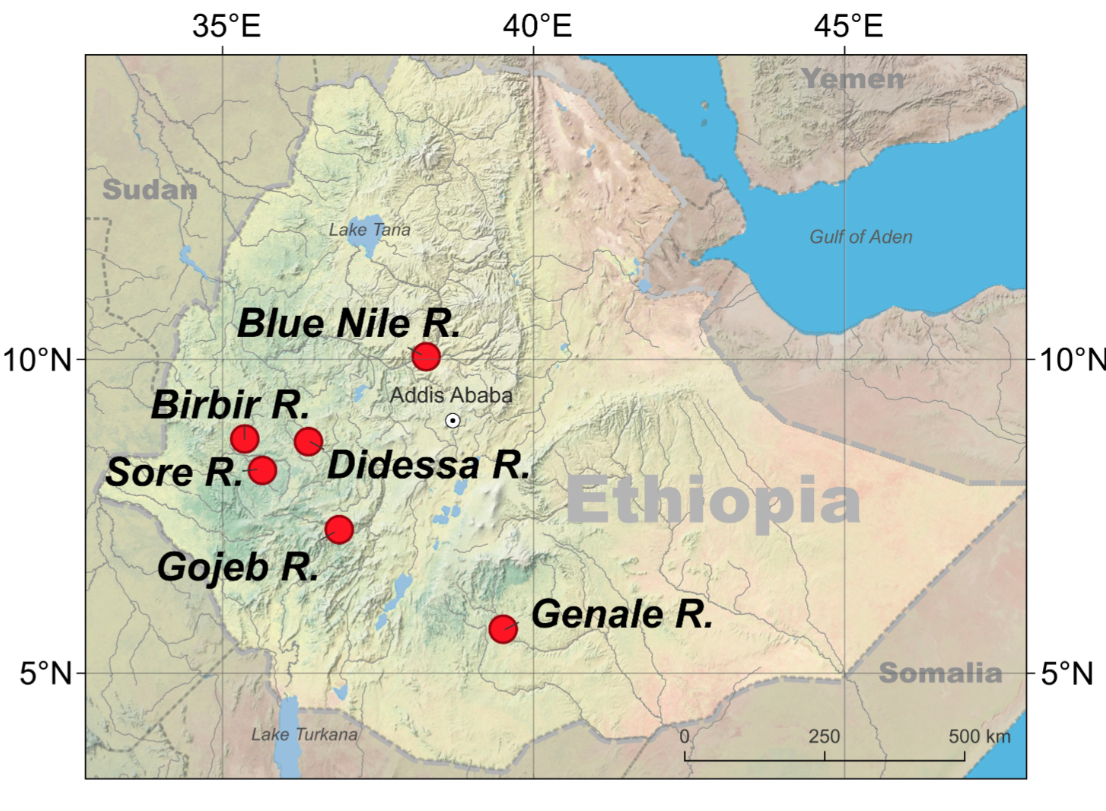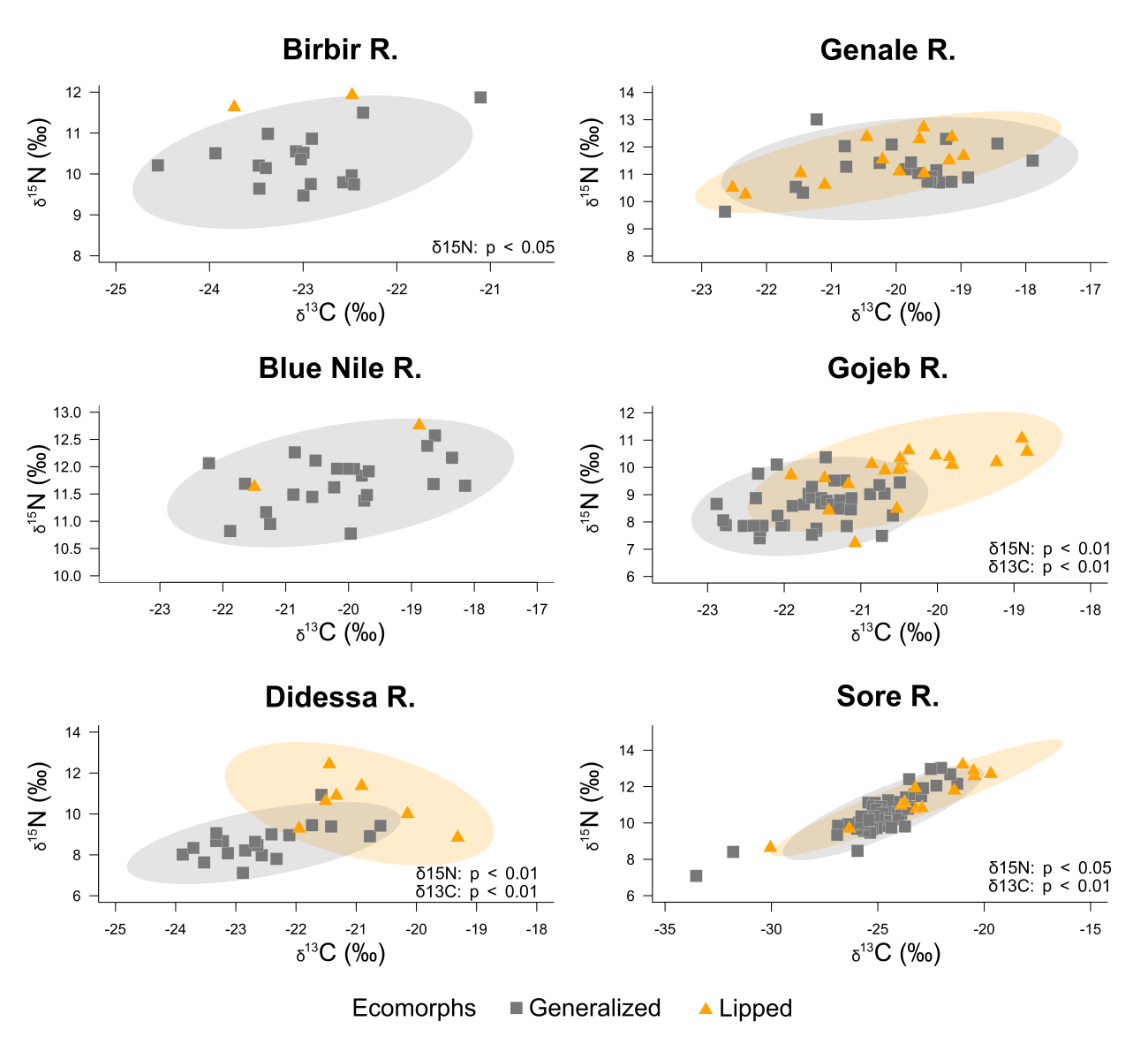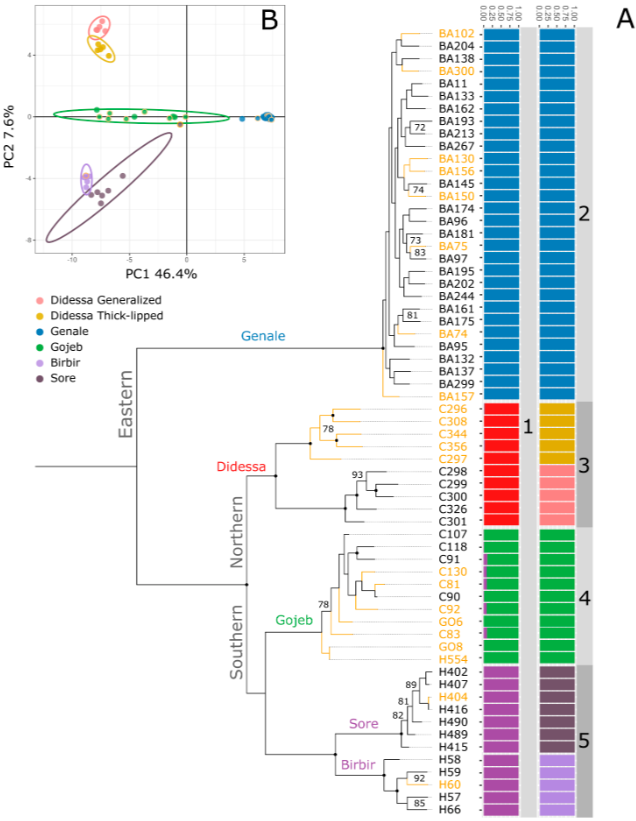
Speciation is a long-term process that extends far beyond the lifetime of the observer. When studying speciation, procedural reconstructions are required. The most suitable objects for studying speciation are parallel situations among closely related species that are at different stages of development. By studying and comparing such cases, it is possible to reconstruct the process of speciation from origin to the formation of new species.

A team of researchers from Russia (IEE RAS, IBVV RAS, Zoological Institute RAS), Germany and Japan studied an adaptive trait in fish - hypertrophied lips, also called rubber lips, using the example of African longhorned beetles. Typically, enlarged lips in fish are used for a rather specific method of feeding - sealing cracks in rocks, depressions between stones and sucking out the benthos hidden there. However, the feeding preferences of rubber-lipped longhorned beetles were unknown. Using methods of ecology and genomics, six populations of ray-finned fish Labeobarbus (Cyprinidae) from water bodies in East Africa (Ethiopia), in which this trait arose in parallel, were studied.
The use of trophic methods (analysis of the composition of the food bolus and the ratio of stable isotopes of nitrogen and carbon) showed that despite the equally well-developed lips, only in half of the populations they were used for a specialized method of feeding (benthophagy) and sharing trophic resources with the generalized ancestral form, from which a rubber-lipped form occurred.

According to genetic results (mtDNA analysis and genomic analysis), in only one of six cases the genetic divergence between the sympatric lipped and generalized forms reached the species level. Thus, a continuum of speciation has been discovered - from non-functional polymorphism through ecologically relevant polymorphism to divergent evolution (speciation).

The obtained results support the 'plasticity-first' evolutionary hypothesis, according to which phenotypic innovation first arises and then its ecological functionalization occurs.
The work was published in the journal Ecology and Evolution by Wiley -https://onlinelibrary.wiley.com/doi/full/10.1002/ece3.10523
Levin, B., Komarova, A., Simonov, E., Tiunov, A., Levina, M., Golubtsov, A., F. Kondrashov, & Meyer, A. (2023). Speciation and repeated origins of hypertrophied lips in parallel adaptive radiations of cyprinid fish from East Africa.Ecology and Evolution,13(9), e10523.
The study was supported by the Russian Science Foundation grant 19-14-00218.
